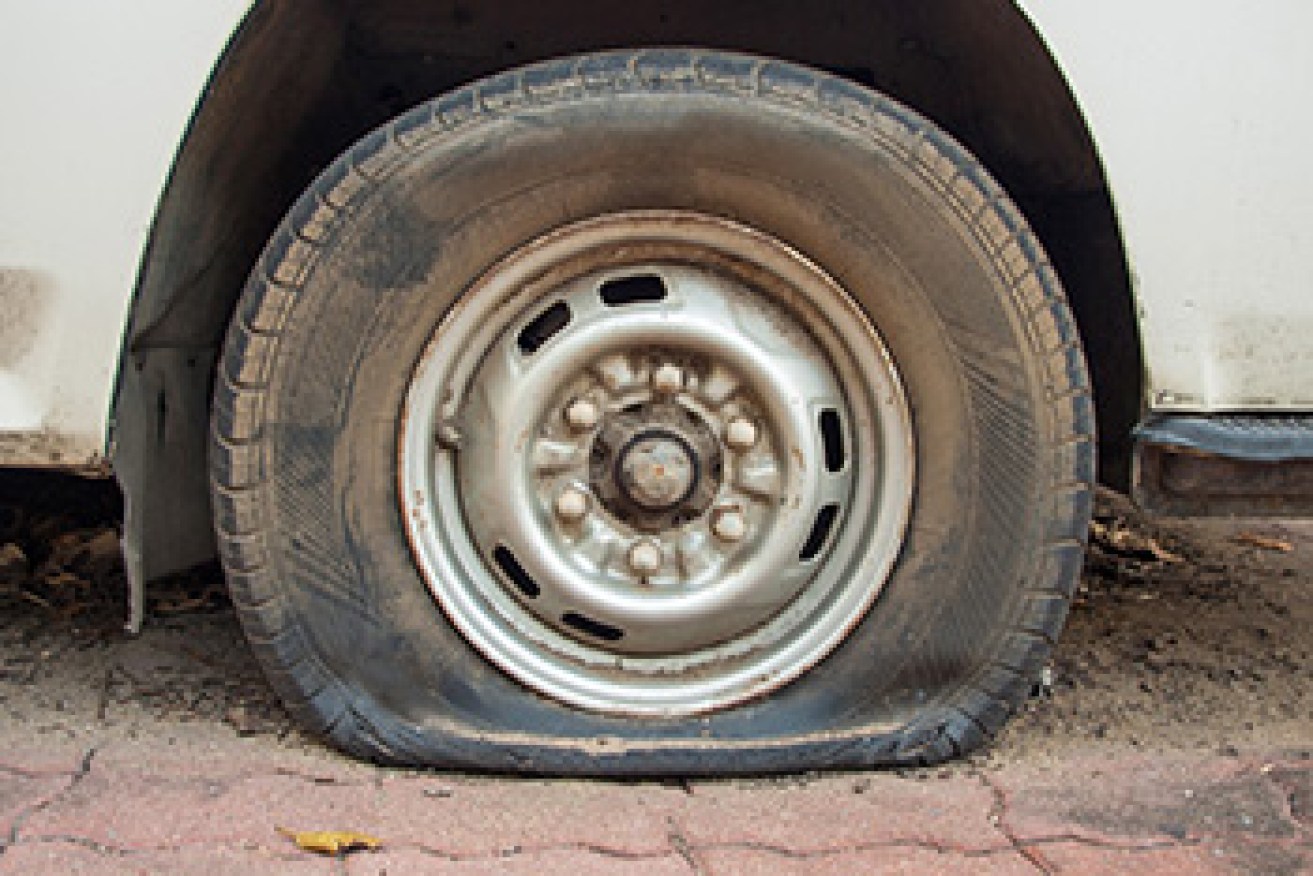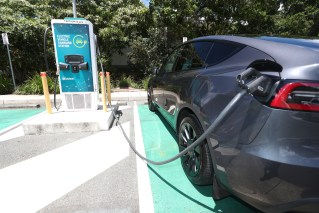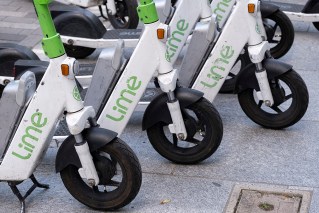A car’s tyres are its only contact point with the road surface, so making sure your rubber is in good nick is vital for overall safety
Few things are more critical to the safety and performance of a car than its tyres. Simply put, a car cannot be safe if its tyres are in poor condition.
As the only components in constant touch with the road surface, the tyres contribute not only to safe handling and braking, but also to the comfort and overall running costs of a car.
Unfortunately, like all everything else, tyres suffer from wear. And the amount of wear proportionally affects the way a car behaves on the road.
Although there are variables, there comes a time – depending on the type of car, its use and, eventually, the age of the tyre itself – when replacement is necessarily.
Hopefully, all car owners and operators know the best time to replace a worn or ageing tyre. The indicators are generally simple and involve little more than a visual check.
More sinister indications may be in the way the car drives, although symptoms such as poor road grip when braking or cornering, or excessive vibration are usually avoidable via regular expert inspection.
The bottom line is that your car is never going to function at its safest if the tyres are in poor condition.
The following checklist should ideally be addressed every two weeks or so, and is largely within the abilities of most car drivers. In more difficult cases however, it’s advisable to call in expert advice from a tyre centre.
Either way, it could save you money – or your life. In the USA, the National Highway Traffic Safety Administration (NHTSA) estimates that around 400 fatalities occur each year due to tyre failures…
Tread depth
Tyre treads are there for one reason: To assist grip on wet surfaces by clearing the water under the tyre and allowing contact with the road. The less tread, the more compromised the wet-surface grip.
All tyres have tread wear indicators (TWIs) comprising small blocks of rubber within the tread at certain points around the tyre. As the tyre wears, these blocks get closer and eventually become flush with the surface of the tyre.
Once that happens, the tyre is officially unroadworthy because by this time only 1.6mm of tread is left. The recommendation is that the tyre should replaced once tread depth is down to around 2mm.
The easiest way of ascertaining how much life is left in the tyre is by using a tread depth indicator. Often tyre retailers offer these for free; otherwise they’re a small-cost item from a car part retailer.
Uneven wear
Uneven wear is a sign that usually tells you something is going on with the wheel alignment, the suspension is worn, or that you have been driving with the tyres under or over-inflated.
Uneven wear also comes if you regularly tow a trailer or caravan, or if you favour a driving style that imposes more than normal stress on the tyre.
To check for uneven wear, inspect the whole contact surface, including the outer edges, of the tyre. Front-wheel drive cars normally show a greater degree of wear on the front tyres, so particular notice should be taken of the relative wear front to rear.
Swapping tyre pairs from front to back at regular intervals is recommended, for both front and rear-wheel drive vehicles, provided tyre size is the same at both ends (in some performance cars it isn’t always).
 Old age
Old age
Generally, a tyre any older than five years will need replacement. Even if the kilometres travelled are low, or the tyre isn’t even being used, it will deteriorate as the rubber loses its suppleness through the drying out of moisture and oils.
This applies to all tyres on the vehicle – including the spare.
A tyre’s age can be identified by reading the build date stamped on the sidewall, usually in the form of a four-digit number representing the week and year of manufacture. It’s also worth noting that tyres deteriorate more quickly in hot climates.
Replace full set
It’s best to replace all four tyres. Once the tyres are due for replacement, it’s recommended that they’re all replaced at the same time, including the spare.
Mismatched tyres can interfere with the overall balance and road grip of the vehicle. It’s also necessary to note if your vehicle’s tyres have a specific rotational direction – many tyres today are designed this way and need to be fitted accordingly.
Choose the right tyre
It’s important for your car’s safety that you use correct-size tyres to replace the originals. A change in tyre profile will affect the rolling circumference of the tyre and may require changing rim size so the original circumference is retained.
This article first appeared on motoring.com.au










